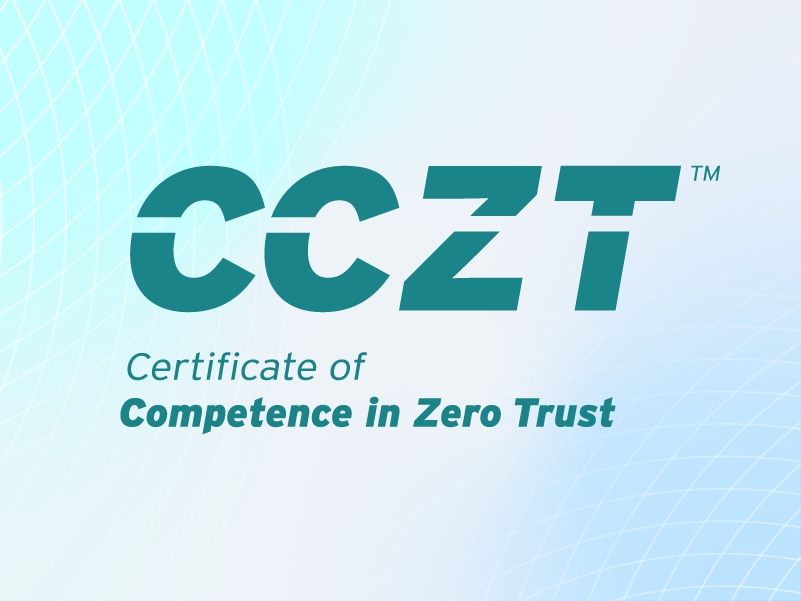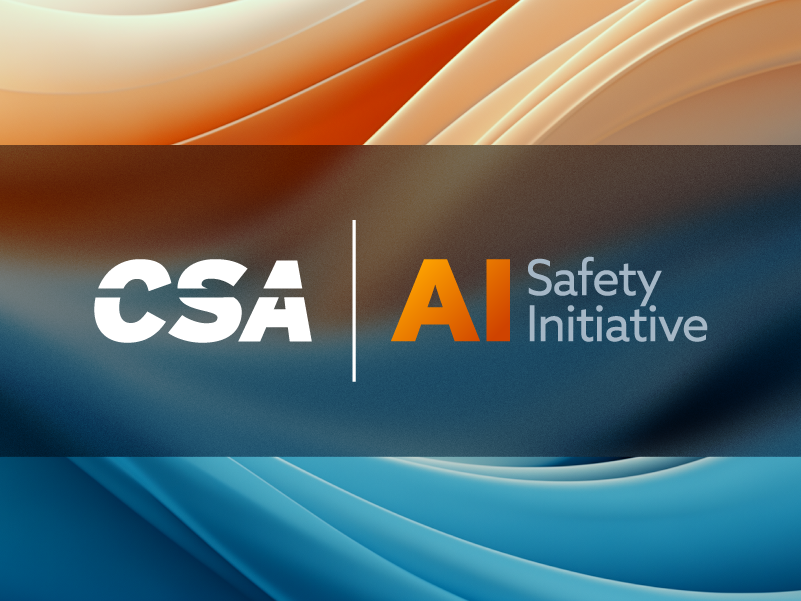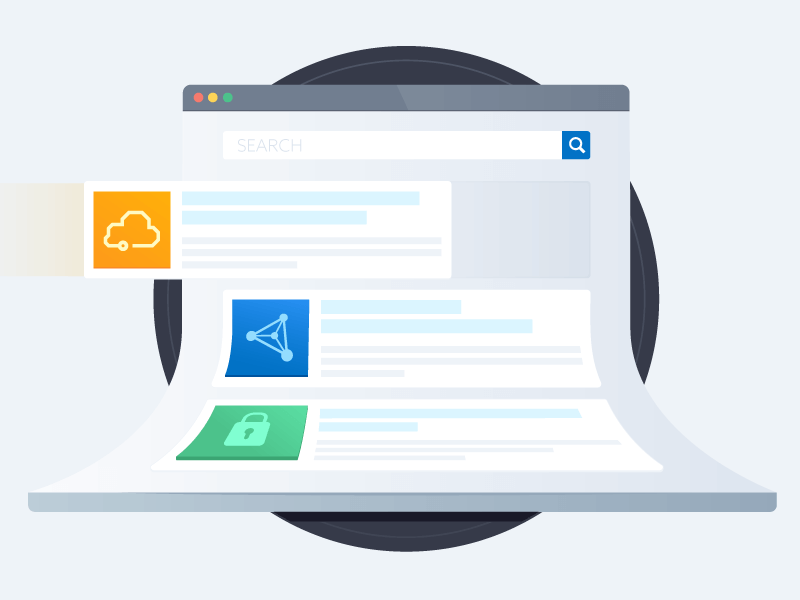The Traditional Technology Adoption Curve Doesn’t Work for AI
Published 07/02/2025
The trajectory of technological progress has historically followed a familiar cadence—slow initial adoption, steady refinement, and eventual widespread integration. However, in the age of artificial intelligence (AI), innovation has advanced dramatically—now unfolding in mere months. This blog explores the dramatic compression of development cycles and human resistance to this shift.
Historical Patterns
Historically, the technology adoption lifecycle has followed a predictable pattern, starting slowly and advancing gradually.
Consider medical imaging technology, which clearly illustrates this phenomenon:
|
Time Period |
Technology Milestone |
Development Cycle |
|---|---|---|
|
1895 |
Discovery of X-rays (Wilhelm Röntgen) |
~60-70 years to significant advances |
|
1940-1970 |
Development of clinical ultrasound |
~30 years from concept to clinical application |
|
1971-1980s |
Introduction of CT scanning |
~15 years from first scanners to advanced widespread systems |
|
1977-1990s |
Evolution of MRI |
~15-20 years to advanced techniques |
|
1972-1990 |
PET imaging emergence |
~18 years to clinical acceptance |
|
2000s |
Hybrid imaging systems (PET/CT, PET/MRI) |
~5-10 year development cycles |
|
2010s-now |
AI-enhanced imaging & computational methods |
~2-3 year cycles for major advances |
AI Adoption is Breaking the Mold
In comparison, modern AI language models represent an unprecedented acceleration in technology cycles, far surpassing even medical imaging’s rapid recent progress.
|
Release Date |
Company |
AI Model |
Key Capabilities & Innovations |
|---|---|---|---|
|
2017 |
|
Transformer architecture |
Fundamental breakthrough enabling modern AI models |
|
2020 |
OpenAI |
GPT-3 |
Demonstrates a major leap in language generation capabilities |
|
Nov 2022 |
OpenAI |
ChatGPT |
Achieves mainstream adoption (100M users within 2 months) |
|
2023 |
OpenAI |
GPT-4 |
Multimodal capabilities introduced |
|
Dec 2024 |
Anthropic |
Claude Sonnet 3.7 |
Model Context Protocol (MCP) enabling deep software integration |
|
Jan 2025 |
DeepSeek |
DeepSeek AI v2 |
Specialized reasoning, multilingual, and context-aware AI |
|
Jan 2025 |
Alibaba |
Qwen AI |
Advanced semantic understanding and rapid contextual learning |
|
Feb 2025 |
|
Gemini Flash 2.0 |
Enhanced conversational interactivity, real-time analytics |
|
Feb 2025 |
Meta |
LLaMA Enhanced |
Optimized local execution and improved computational efficiency |
In stark contrast to the multi-decade timelines of earlier technologies, AI demonstrates revolutionary leaps in capabilities. These improvements occur in cycles as short as 3-6 months. Each advancement not only improves existing functions but also introduces entirely new categories of capabilities, reshaping expectations at unprecedented speeds.
Human Resistance
People's mental models of technology adoption have not kept pace with the reality of AI. Many individuals still approach AI with the assumption—grounded in historical experience—that significant improvement requires several years of iterative enhancement. This outdated mental model generates skepticism, resistance, and hesitancy when leaders are eager to integrate AI into daily workflows. These conflicting understandings foster several issues:
Lack of Trust in AI and Its Outcomes
Trust is critical when people are asked to rely on new technology. Several high-profile AI failures have made people question whether AI systems will make fair, safe, and reliable decisions. If people think an AI tool could misfire, as they have seen many times in the past, they become hesitant to embrace it. Additionally, uncertainty about how algorithms make decisions fuels this "AI trust gap."
Insufficient Knowledge and Skills
According to a 2024 global survey, 72% of leaders think their companies lack the skills to implement AI responsibly. According to another study:
- 75% of employees lack confidence in how to utilize AI at work
- 40% of workers struggled to understand how AI integration would work in their roles
- 34% of people managers feel equipped to support AI integration with their teams
Change Fatigue and Cultural Barriers
Many organizations have undergone wave after wave of digital change. Employees might be cynical or exhausted by constantly having to adapt. If leadership forced previous tech rollouts without adequate support, workers may carry skepticism into the next initiative.
Additionally, a company culture that does not encourage learning, experimentation, and open communication will struggle when introducing AI. For example, in some environments, people may perceive admitting you don’t understand a tool as a weakness. This leads people to quietly avoid using AI instead of seeking help about it. Cultural factors—like low transparency or lack of inclusion in decision-making—can make any change much harder.
Unclear Benefits and Purpose
People are more likely to embrace change when they see a clear personal or organizational benefit. If an organization introduces an AI system without clearly explaining the why, employees often fill the void with worry. In some cases, staff may not see how the AI improves on the current process, leading them to question its value. A lack of clear use cases and success stories can make AI seem abstract or even suspect.
Conclusion
Many leaders and decision-makers are recognizing that AI promises increased efficiency, cost savings, and competitive advantage. These leaders invest in AI with high expectations for ROI and performance improvements. When they encounter slow adoption, it can be perplexing.
These executives might think employees are resistant because they fear change or don’t see the overarching picture. They also might assume that once the technology is available, people will naturally use it. They underestimate the need for training and culture change. They harbor their own biases and believe that non-technical staff are simply “averse to new technology."
Leaders need to realize that people's mental models of technology adoption drastically impact their willingness to embrace AI. Leaders must explicitly address people's misunderstandings about the current state of AI and how it will affect them. They must recalibrate expectations and actively communicate the rapid evolution and tangible benefits of AI.
Leaders must share clear use cases and success stories. They cannot introduce AI in the abstract. Research suggests that providing clear applications of AI, coupled with training, improves employee confidence. One study found that when companies clearly define and train staff on how AI applies their role, they are able to leverage it effectively.
Leaders need to create an environment where employees feel safe voicing doubts or challenges they encounter with AI. This might involve setting up an internal forum for AI discussions. It could include regularly asking teams “How is it going with the new tool? What is and isn’t working for you?” When employees see that raising a hand won’t be met with criticism, and in fact leads to improvements, trust grows.
CSA is researching and developing a comprehensive, timeline-based analysis of AI technology cycles. This forthcoming work aims to equip leaders with data-driven insights. We aim to clearly illustrate the accelerating pace of AI advancements and help bridge the adoption gap.
Organizations that fail to adjust their perceptions of AI risk falling behind, mistaking early limitations for enduring shortcomings. Recognizing and internalizing the new pace of innovation is not merely a strategic advantage—it’s a necessity.
Learn more about conflicting perspectives about AI in Navigating the Human Factor: Addressing Employee Resistance to AI Adoption.
Related Resources



Unlock Cloud Security Insights
Subscribe to our newsletter for the latest expert trends and updates
Related Articles:
AAGATE: A NIST AI RMF-Aligned Governance Platform for Agentic AI
Published: 12/22/2025
Agentic AI Security: New Dynamics, Trusted Foundations
Published: 12/18/2025


.png)
.jpeg)
.jpeg)

.jpeg)